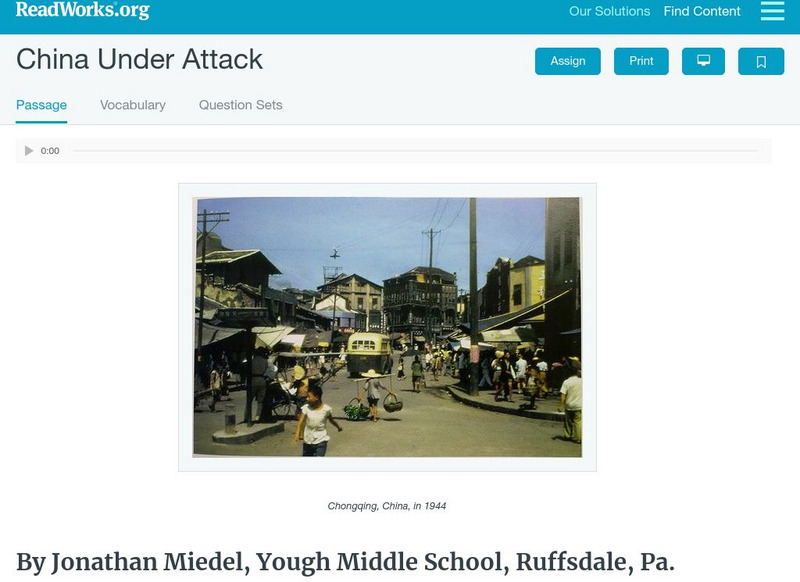Japan Society
The Russo-Japanese War, 1904-1905: A Turning Point in Japanese History, World History, and How War is Conveyed to the Public
The big question: How did Russo-Japanese War imagery and the press influence Japanese perception of the war? Learners consider this big question as they compare and contrast various artistic media from the period. The lesson is...
Asian Art Museum
Experience Chanoyu: A Japanese Tea Gathering
As part of the study of Japanese cultural history, introduce your class members to Chanoyu, the Way of Tea. After a discussion of the history and key elements of Chanoyu, class groups perform the ceremony.
Japan Society
The “I” Novels in the Context of Early 20th-Century Japan
Although this lesson plan covers the rather obscure topic of the Japanese "I-novel", it also includes a great deal of historical information and material for an in-depth discussion of universal literary concepts. Specifically, young...
Franklin D. Roosevelt Presidential Library & Museum
Pearl Harbor Activity #1: Newspaper or Radio Account
After listening to President Franklin D. Roosevelt's "Day of Infamy" speech, young historians research information about the Japanese attack on Pearl Harbor, possible motives for the attack, and the consequences of the attack. Scholars...
Japan Society
Individual and Society: Natsume Sôseki and the Literature of the Early Twentieth Century
Combine literature and history by examining the work of Japanese writers after the Russo-Japanese war. This resource is for advanced classes with an interest in how literature reflects and reacts to societal change. Activities outlined...
Lincoln-Sudbury Regional High School
WWII Position Paper
There are some historical events that may warrant greater reflection and more in-depth analysis, and the decision to intern Japanese-Americans in the United States during World War II, as well as to drop the atomic bomb on Hiroshima and...
Shaker Junior High School Library Media Center
WWII Project Outline
Work together as a class and get to know the ins and outs of World War II with this engaging collaborative project. Class members are broken into groups to research particular war topics, from life on the home front to the Holocaust and...
Japan Society
Akutagawa Ryunosuke and the Taisho Modernists
Japan's Taisho Period was a time when authors like Akutagawa and other Japanese modernists began to experiment with point of view and literary form, making the literature produced during this time period a natural choice for teaching...
PBS
Document This
Being a historian requires serious sleuthing. They examine primary source documents and look for evidence, for clues that reveal who wrote the document, when, and why. After watching two historians model the process, young history...
Franklin D. Roosevelt Presidential Library & Museum
Pearl Harbor Activity #7: Pop Up Video Activity
A pop-up video version of FDR's "Day of Infamy" speech engages scholars in depending their understanding of the attack on Pearl Harbor. After watching the video, class members select five new things that they learned and research how...
Humanities Texas
A President's Vision: Theodore Roosevelt
Through an engaging, interactive experience analyzing primary sources, invite your young historians to take a closer look at the presidency of Theodore Roosevelt.
Education World
Every Day Edit - Hiroshima Bombing
For this everyday editing worksheet, students correct grammatical mistakes in a short paragraph about the Hiroshima bombing. The errors range from punctuation, spelling, grammar, and capitalization.
Curated OER
WWI Propaganda Choice Activity
World War I propaganda techniques employed by the United States government are the focus of this lesson plan. The resource includes an excellent handout of propaganda techniques, ranging from appealing to authority to repetition, lying,...
Consortium for Ocean Science Exploration and Engagement (COSEE)
Fish Morphology
Life comes in all different shapes and sizes, and fish are no exception. Here, young scientists create fish prints as they learn how specific characteristics allow different species to survive in their particular habitats.
American Museum of Natural History
Make Your Own Mythic Mask or Puppet
No need to wait until Halloween to create a mask. Young anthropologists get involved in the centuries-old tradition of mask and puppet making with the help of an engaging resource that shows them how to craft their own masks or puppets.
American Museum of Natural History
Dress Up a Horse
Walk, trot, gallop! Young equestrians have an opportunity to learn all about horses with an engaging resource that lets them select tack to dress up a horse, create flip books that illustrate the various gates, have questions answered by...
Constitutional Rights Foundation
The Cold War: How Did It Start? How Did It End?
What is the difference between a Cold War and a Hot War? Scholars research the beginning of the Cold War. They analyze diary entries as well as excerpts from various events during the 45-year standoff. To finish, they prepare final...
EMC
The Inn of Lost Time Reader's Resource
Introduce "The Inn of Lost Time" by Lensey Namioka to your middle schoolers with a reader's resource page. It includes links to different activities, including a creative writing prompt about losing fifty years of your life, and a...
Smithsonian Institution
National Museum of American History: Leaving Things Behind [Pdf]
This resource provides information about Japanese-Americans who were forced to relocate to interment camps during World War II.
Read Works
Read Works: Eyewitness to History: I'm American No Matter What
[Free Registration/Login Required] TThis passasge contains a first person account of a child who was rounded up and placed in a Japanese internment camp after the bombing of Pearl Harbor. This passage is a stand-alone curricular piece...
Ibis Communications
Eyewitness to History: Tokyo Rose
Students investigate ?Tokyo Rose? the name given by American GIs to nearly a dozen women of American descent who broadcasted propaganda for the Japanese during World War II. The resource consists of an audio clip of Tokyo Rose broadcasts...
Other
Sumo Faq: History
The site gives an extensive lesson of how Sumo Wrestling came to Japan in the 8th century. It also contains links to further information.
Scholastic
Scholastic: Asian Pacific American Heritage
Nice Scholastic site that looks at what it means to be an Asian Pacific American. Includes stories from Angel Island, Japanese Americans during WWII, and background on and interviews with notable Asian Americans.
Read Works
Read Works: China Under Attack
[Free Registration/Login Required] Students read about a personal experience during the Japanese attach on China. A question sheet is available to help students build skills in author's purpose.
Other popular searches
- Ancient Japanese History
- Early Japanese History
- Ancient Japanese Economy
- Japanese History and Culture
- Japanese History 1400
- Japanese History 1400 1800
- Japanese History Intro
- Japanese History 1400 1600
- Medieval Japanese History
- Japanese History Expansion
- Ancient Japanese Education
- History of Japanese Women

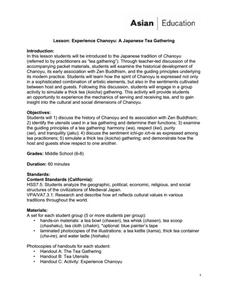
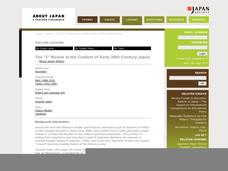





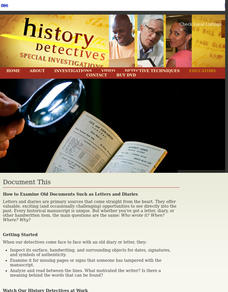



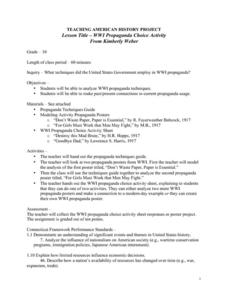
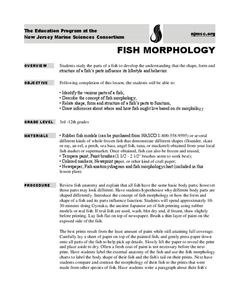




![National Museum of American History: Leaving Things Behind [Pdf] Activity National Museum of American History: Leaving Things Behind [Pdf] Activity](https://d15y2dacu3jp90.cloudfront.net/images/attachment_defaults/resource/large/FPO-knovation.png)



